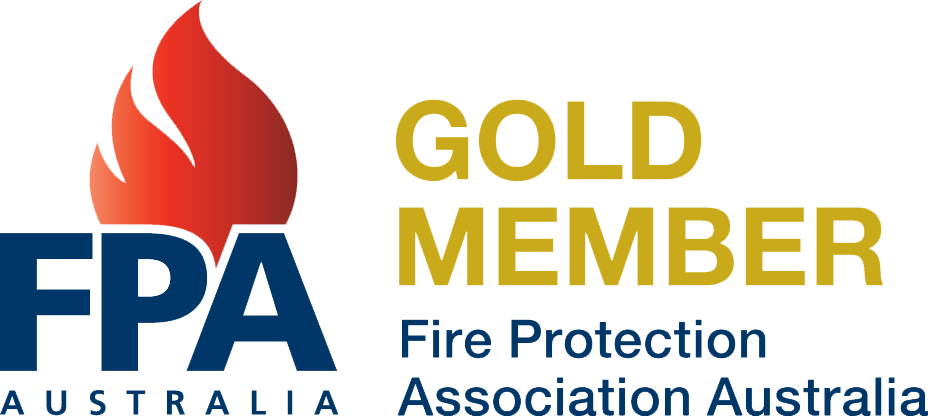Fire hydrant systems have a pretty tough life considering how critical they are in defending homes and businesses from a blaze. They are often exposed to the elements all year round, and precariously positioned where one bad driver could do real damage.
Everyone is responsible for keeping an eye on fire hydrant systems, both around the workplace and on public streets.
If you notice signs of damage to a hydrant, including anything not listed below, report the issue to the relevant water or fire service:
| Where to report fire hydrant damage in Australia | |
| Sydney | Sydney Water or NSW Fire and Rescue |
| Hunter Region | Hunter Water |
| Melbourne | Melbourne Water or South East Water |
| Yarra Valley | Yarra Valley Water |
| Western Australia | WA Water Corporation |
| South Australia | SA Water |
| Tasmania | Tasmania Fire Service |
| Northern Territory | Power and Water |
Fire Safe ANZ are a nationally operational fire safety equipment specialist. We work with builders and building owners to ensure fire hydrants meet Australian Standards and are in good working order. We’ve seen a lot in almost 20 years in the business, but these are 5 common hydrant issues we regularly encounter:
Missing hydrant caps mean the exposed piping accumulates dust, debris, and (unfortunately) rubbish deliberately shoved into the opening. Although most of the loose dust is cleared by the high water pressure, any large pieces of rock of debris – including discarded items that should be put in the bin – can get stuck in the hose or filter and block water flow.
This is really 3 common problems: loose, ill-fitting and overtightened caps are small but serious issues for fire crews. Loose caps are liable to go missing, where misshapen and overtightened caps can be extremely difficult to remove in an emergency. Most fire crews have backup strategies for opening stubborn caps, but if you are the one to put the cap on after testing or inspection then ensure it is properly fastened without being too tight.
Fire hydrant systems must be readily accessible, which also means they are exposed and become a target for errant vandals. From graffiti on the hydrant indicator markings, to deliberate damage done to the hydrant itself, vandalism can endanger lives if it impacts hydrant or booster functioning.
Spotted a leak near a fire hydrant? Report it straight away, as it could be a sign of more serious trouble lurking below street level. Burst pipes or damaged booster systems need to be addressed immediately before the hydrant is required to function at full capacity.
Take it from us: please park more than 1 metre away from a fire hydrant or hydrant indicator. Not only is obstruction illegal, it costs fire crews valuable time to navigate around your car. Penalties range across the country but you don’t want to be on the receiving end (for example, NSW carries a maximum penalty of $2,200 for obstructing a fire hydrant system).
Noticed an issue with a fire hydrant system outside your building? Bring it to the attention of your building maintenance manager or the relevant authority as soon as possible.
Your vigilance could mean the difference between an out-of-control building fire, or a safely controlled emergency. For builders, maintenance teams and fire wardens looking for support: call Fire Safe ANZ to find out how we can help.


